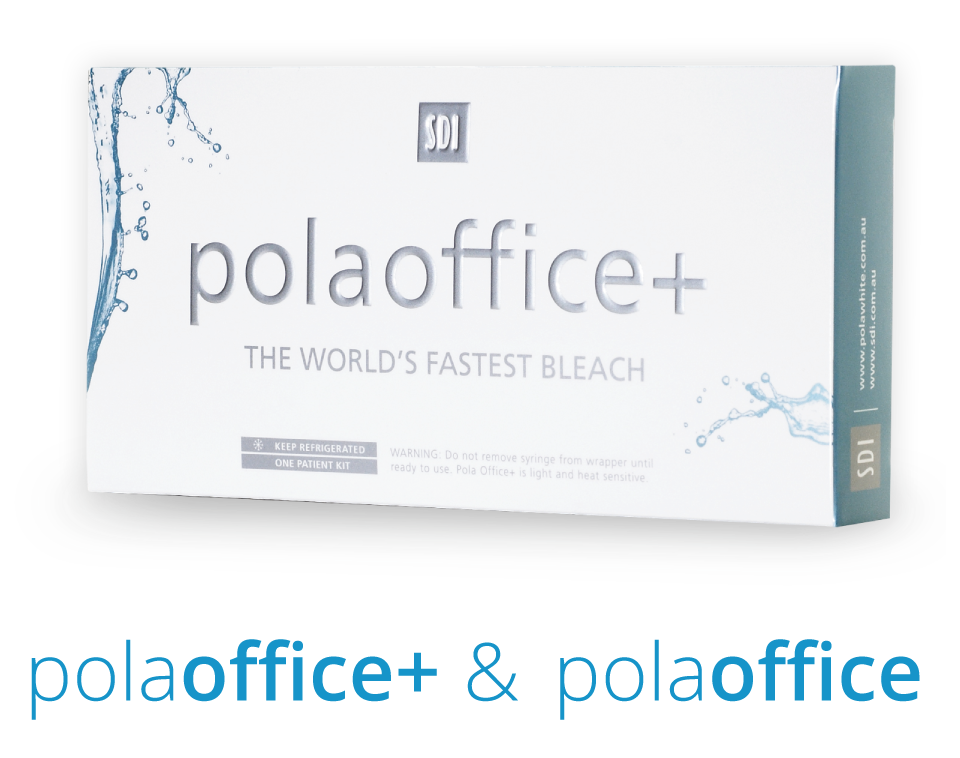Sealants offer a simple and effective way to help prevent cavities from forming in the areas most at risk of developing tooth decay; but only if placed properly. At Dynamic Dental, all our sealants are placed in a ‘four-handed’ approach, which means that the operator placing the sealants will always have an assistant on hand to pass instruments and materials, allowing the operator to focus on isolating the tooth to be sealed. We also divide sealants into two categories, conventional sealants and preventive resin restorations. A conventional sealant may be recommended when a molar tooth has broken through the gums, but isn’t touching the opposing tooth (the one above or below). A preventive resin restoration (PRR) may be recommended when a molar tooth is in contact with the opposing tooth, and is at a higher risk of developing tooth decay. A PRR may be viewed as something between a filling and a sealant.
There are three main factors that affect sealant success:
- Isolation – In order for sealant material to properly adhere to the tooth, the tooth must be prepared for the sealant, and the area to be sealed must be dry. If the tooth is not isolated properly, the sealant won’t bond properly, and it will come out sooner than desired. The ‘four-handed’ approach allows the operator to ensure proper isolation before placing the sealant, without the need to look away from the tooth as the assistant is there to pass instruments and materials as needed.
- Surface Contamination – Many people think that by simply placing a sealant over the biting surface of a tooth, they will prevent bacteria from causing tooth decay. While this is true when the grooves are clean and free of bacteria, it is also possible to seal the bacteria in. Sealing the bacteria in the grooves will prevent the decay from spreading until the sealant starts to breakdown over time. If there is any surface contamination, it is important to not do a sealant, and place a PRR instead.
- Proper Placement – At Dynamic Dental, we place conventional sealants only on molars that are not yet contacting the opposing tooth. This involves cleaning the tooth with a mild abrasive, etching the tooth to allow for the sealant to adhere to the tooth, and obtaining proper isolation before placing just enough sealant to seal the grooves without impinging on the bite or making it too bulky. If a tooth is already in contact with the opposing tooth, and it is recommended to place a PRR, then proper isolation is obtained, the grooves are traced with a thin burr to remove any bacteria and staining, and then the tooth is etched, disinfected, and a flowable resin is placed to seal the area.
Sealants are a temporary material (usually lasts 1-3 years) that is meant to prevent bacteria from getting into the grooves of molar teeth while children are still learning to brush properly. The ideal time for sealant placement is when a tooth is fully out of the gums, but not contacting the tooth above or below it. A preventive resin restoration can be placed at anytime, as it is a permanent material (usually needs replacement every 5-10 years) used to seal the grooves after removing any bacteria and/or stain.








